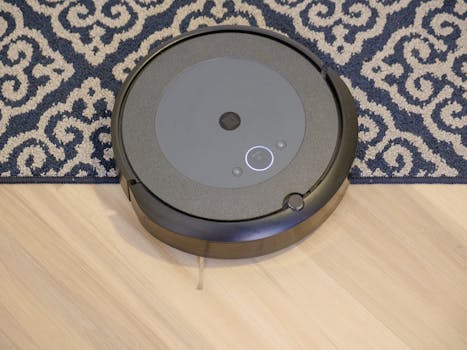
Smart Homes and Smart Living: The Technological Transformation of European Homes by 2025
Smart Homes and Smart Living: The Technological Transformation of European Homes by 2025 is revolutionizing the way we live. The concept of smart homes and smart living is no longer a futuristic idea, but a reality that is transforming the way we interact with our living spaces. By 2025, many European homes will be equipped with cutting-edge technology, making life easier, more convenient, and more enjoyable.
Introduction to Smart Homes and Smart Living
Smart homes and smart living refer to the integration of technology and automation in homes to make living more efficient, comfortable, and secure. This concept involves the use of various devices and systems, such as sensors, cameras, and voice assistants, to control and monitor different aspects of a home. The goal of smart homes and smart living is to create a seamless and intuitive living experience, where technology enhances the quality of life without being intrusive or overwhelming.
Key Features of Smart Homes and Smart Living
Some of the key features of smart homes and smart living include:
- Home automation: This involves the use of devices and systems to control lighting, temperature, security, and entertainment systems remotely.
- Energy efficiency: Smart homes and smart living aim to reduce energy consumption by optimizing energy usage and providing real-time feedback on energy usage.
- Security: Smart homes and smart living include advanced security features, such as motion detectors, cameras, and door sensors, to provide an additional layer of protection.
- Health and wellness: Smart homes and smart living can include features that promote health and wellness, such as air quality monitoring, water purification, and fitness tracking.
Benefits of Smart Homes and Smart Living
The benefits of smart homes and smart living are numerous and can be summarized as follows:
- Convenience: Smart homes and smart living make it possible to control and monitor different aspects of a home remotely, making life easier and more convenient.
- Energy efficiency: Smart homes and smart living can help reduce energy consumption, which can lead to cost savings and a reduced carbon footprint.
- Security: Smart homes and smart living provide an additional layer of protection, giving homeowners peace of mind and reducing the risk of break-ins and other security threats.
- Health and wellness: Smart homes and smart living can promote health and wellness by providing features that monitor and improve air quality, water quality, and fitness levels.
Challenges and Limitations of Smart Homes and Smart Living
While smart homes and smart living offer many benefits, there are also challenges and limitations to consider:
- Cost: Smart homes and smart living can be expensive to set up and maintain, which can be a barrier for some homeowners.
- Complexity: Smart homes and smart living can be complex to set up and use, which can be overwhelming for some homeowners.
- Security risks: Smart homes and smart living can be vulnerable to security risks, such as hacking and data breaches, which can compromise the security and privacy of homeowners.
- Interoperability: Smart homes and smart living can be limited by interoperability issues, which can make it difficult to integrate different devices and systems.
Conclusion
In conclusion, smart homes and smart living are transforming the way we live, making life easier, more convenient, and more enjoyable. By 2025, many European homes will be equipped with cutting-edge technology, making it possible to control and monitor different aspects of a home remotely. While there are challenges and limitations to consider, the benefits of smart homes and smart living make it an attractive option for homeowners who want to create a seamless and intuitive living experience.






